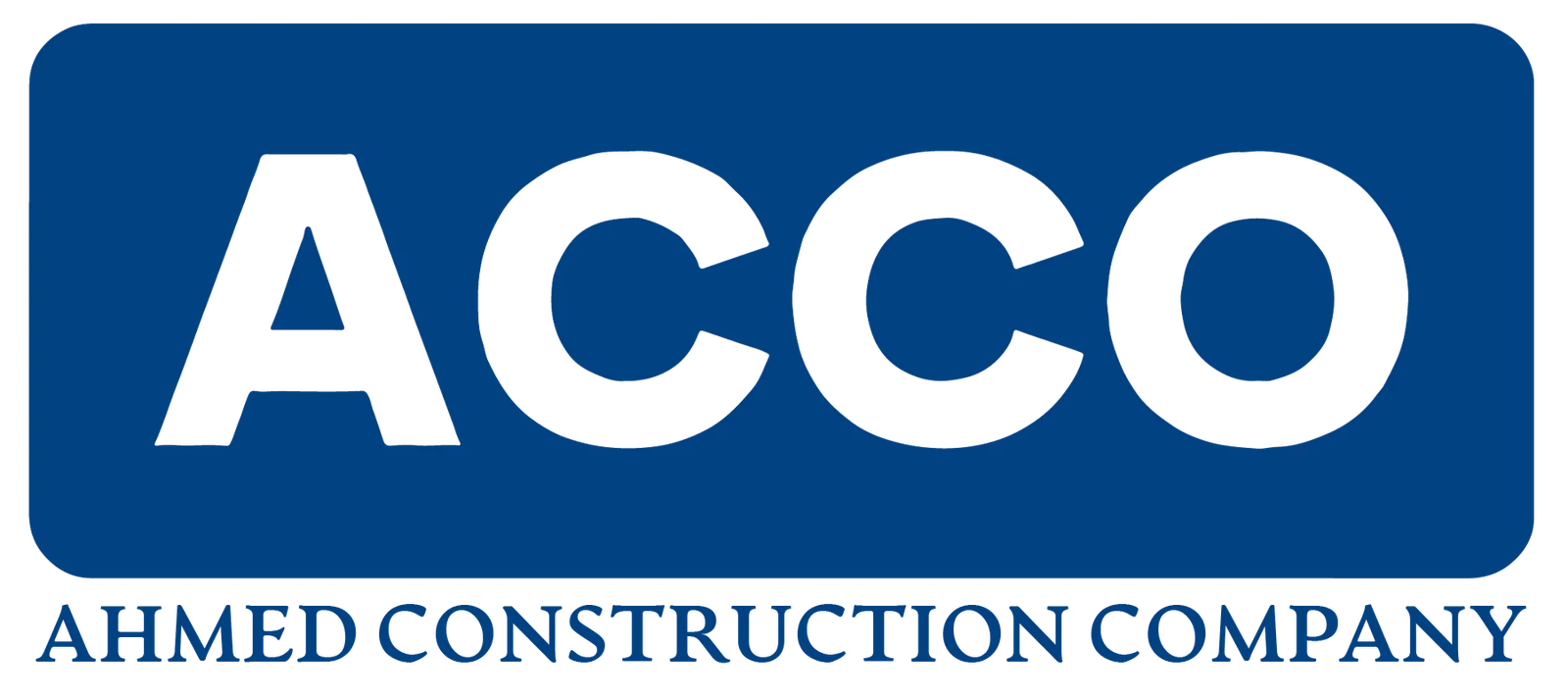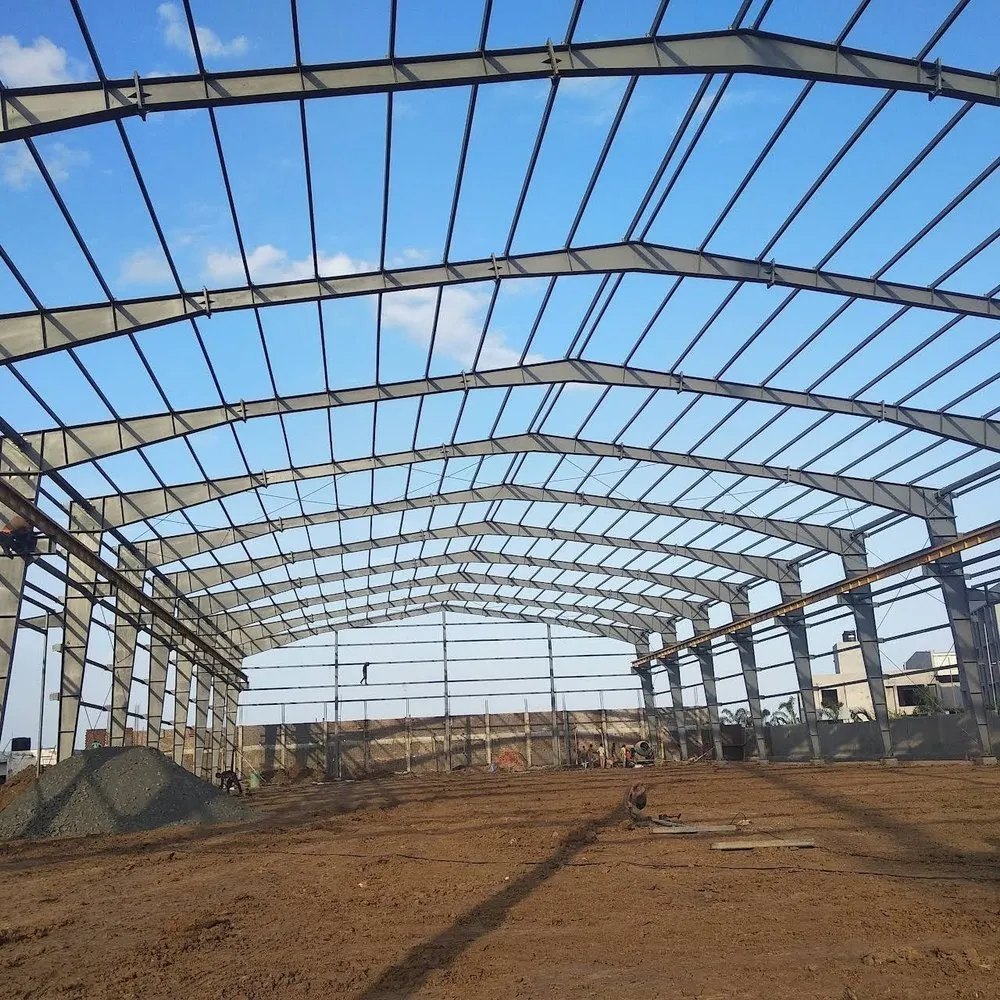
Infrastructure: Everything You Always Wanted to Know But Were Afraid to Ask

We’re all going to need this book sometime—when someone is talking about water treatment and mentions flocculation, or when having a conversation about 5G telecommunications technology and the other person assumes we know it operates at frequencies over 1 Gigaherz. We nod but had no clue.
Sybil Derrible, the University of Illinois-Chicago urban engineering professor and author of The Infrastructure Book: How Cities Work and Power Our Lives (Prometheus Books; 253 pages), knows more about the vast physical undergirding of modern urban life than anyone I’ve ever known, and he shares it along with a river of technical detail that only an engineering specialist would know. He covers it all.
A candidate for the title of world’s biggest infrastructure nerd, Derrible can drop factoids that would otherwise require constant quick lookups on ChatGPT—such as a mention that municipal solid waste generally has a weight of about 160 kilograms per cubic meter and a moisture content of about 20%.
Derrible organizes his book into chapters for seven types of infrastructure: water, wastewater, transport, electricity, gas, solid waste and telecommunication. The great cities of the world become settings and starting points for his descriptions of each infrastructure type.
In the chapter about water infrastructure, he discusses Rome, Tel Aviv and Bern, Switzerland, taking the reader through the stages of water treatment. Derrible is better than a walking Wikipedia—he is a capable and companionable tour guide for what amounts to a culturally astute infrastructure travelogue. Sixteen cities are on the itinerary, and, as he writes, his book is “a journey that will probably transform your understanding of infrastructure and give you a new appreciation for it.”
To be honest, I am not an easy traveler, preferring to limit my vacations to no more than two places in order to keep from packing and unpacking my suitcase. I also quibble with the author seeming a little overly self-conscious—although in a friendly way—that he is writing and we are reading. Derrible periodically refers o the book writing process or mentions it with a phrase such as “who we briefly met in the last chapter.”
As a rich reference work, such minor shortcomings lose their significance.
What impressed me was Derrible’s mastery of so much information about so many different infrastructure types and details of how those systems succeed or don’t in the world’s cities. His discussion of digital telecommunication, including a map of the world’s submarine fiber-optic cable network, is especially worthwhile, as is his assessment of infrastructure of Singapore, one of the most sophisticated urban centers in Asia.
For all details contained in the basic text of each chapter, there is another dimension to The Infrastructure Book that goes beyond its casual erudition about Chicago’s electrical grid or stormwater management in Copenhagen: it is his use of footnotes. They are wisely gathered at the bottom of the chapter pages rather than shunting them into a section of their own at the back of the book.
These notes, in addition to providing rich context, form a delightful parallel universe to the main text, somewhat more succinctly than Edward Gibbon’s multiple hundreds of pages of notes in his famous two-volume history, The Decline and Fall of the Roman Empire (1787). Derrible makes economical use of his allotment of space, employing the notes as a kind of infrastructure support of the main text, sometimes with an amusing aside, a bit of algebra or a piquant detail.
A few favorites appear at the bottom of pages 24 and 25, where they remind readers that the Sea of Galilee is the lowest freshwater lake on Earth. He also explains that to facilitate the flocculation process, in which small particles clump to form larger ones called flocs, sometimes “polymeric aids are also added.” There are other footnotes that reveal the author’s personality and preferences in expressing weights and measures: “I do not even like to use the unit of metric ton for weight; we should simply call it a megagram instead,” he says. He also reminds readers that the term “Silicon Valley” was coined by the journalist Don Hoefler, who first used it in an article published in Electronic News in 1971.
I didn’t know that I wanted to know that—but now that I do, I like so much else in this book and I’m glad I do. I’ll be keeping my copy close on my desk to look up everything about infrastructure that I didn’t know but was too embarrassed, or lazy, to find out until now.
Post a Comment
You must be logged in to post a comment.





